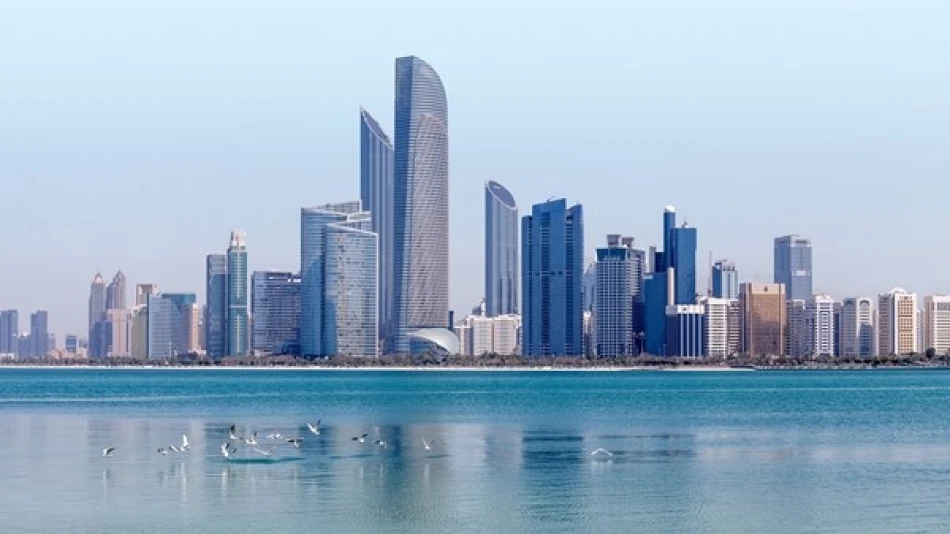
Partly Cloudy Skies Ahead: Possible Rainfall Expected Tomorrow
UAE Braces for Afternoon Thunderstorms as Summer Heat Peaks Across Emirates
The UAE's National Center of Meteorology has forecast partially cloudy to overcast conditions for tomorrow, with cumulus cloud formation expected across eastern and southern regions during afternoon hours, bringing the possibility of rainfall to break the intense summer heat. Temperatures will soar to 47°C in some inland areas while coastal humidity reaches up to 90%.
Weather Pattern Signals Seasonal Shift
The forecast indicates a typical summer weather pattern for the Arabian Peninsula, where afternoon convective activity becomes more pronounced as the region experiences its hottest months. The combination of high temperatures and increased humidity creates conditions conducive to thunderstorm development, particularly in the UAE's mountainous eastern regions and southern desert areas.
Wind conditions will remain relatively mild, with speeds ranging from 10-25 km/h and occasional gusts reaching 35 km/h. The southeasterly to northeasterly wind direction may stir up dust during daytime hours, a common occurrence during the summer months that can impact visibility and air quality in urban areas.
Regional Temperature Variations Highlight Geographic Diversity
Inland Areas Face Extreme Heat
The Liwa region, located in the southern desert, is expected to experience the highest temperatures at 47°C, with nighttime lows of 35°C. This extreme heat reflects the area's position in the Rub' al Khali (Empty Quarter), one of the world's largest continuous sand deserts. Al Ain, the UAE's garden city, will see similar conditions with temperatures reaching 43°C.
Coastal Cities Offer Moderate Relief
Dubai and Abu Dhabi will experience slightly more moderate conditions, with maximum temperatures of 44°C and 45°C respectively. However, coastal humidity will create challenging conditions, with Dubai expecting humidity levels up to 70% and Abu Dhabi reaching 50%. The eastern coastal city of Fujairah presents a stark contrast, with maximum temperatures of just 34°C but humidity soaring to 90%.
Maritime Conditions Remain Calm
Both the Arabian Gulf and Sea of Oman will experience light wave conditions, favorable for maritime activities and offshore operations. The Gulf's first high tide is scheduled for 21:18, while the Sea of Oman will see its initial high tide at 17:46. These calm maritime conditions are typical for summer months and support the UAE's significant shipping and tourism industries.
Climate Context and Economic Implications
This weather pattern aligns with the UAE's typical summer climate, which significantly influences the country's energy consumption patterns. Air conditioning demand typically peaks during these months, placing substantial strain on the national power grid. The potential for afternoon rainfall, while brief, can provide temporary relief and reduce cooling demands.
The extreme heat also impacts outdoor construction and tourism activities, with many projects shifting to nighttime schedules during peak summer months. However, the UAE's advanced infrastructure and climate-controlled environments ensure minimal disruption to business operations and daily life.
 Layla Al Mansoori
Layla Al Mansoori







